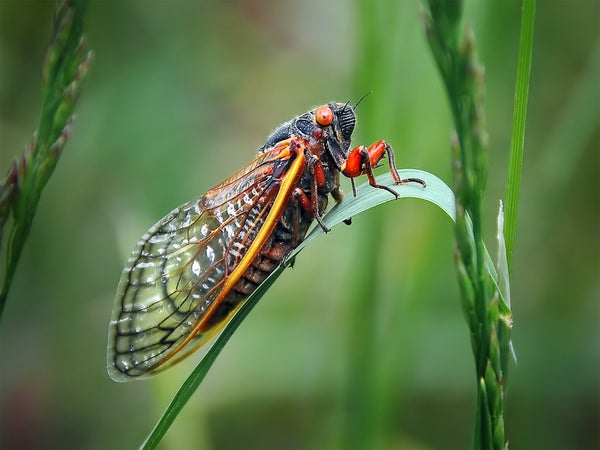Think today till the garden are.
Photos to follow.
Photos to follow.
Follow along with the video below to see how to install our site as a web app on your home screen.
Note: This feature may not be available in some browsers.

We are about to get nailed with cold, wet weather again here in Southern California as well. A few of my cucumber seeds have sprouted and almost all of my cantaloupe is up. I planned on a full weekend in the garden but nope, it seems other plans are in the works. Oh well, I will never complain about us getting rain so I suppose this is another lesson in patience for me.Hard squals off and on today, with a little lightning thrown in. I took Penny out to do her business and looked at the sky and thought that I could pop out between squals and do a little garden prep and then the sky opened again.

My poultry will be pre-composting them. They have loved the few that come out every year.A double bloom of Cicadas to sing in the Spring!
A Double Emergence of Periodical Cicadas Isn’t Cicada-geddon—It’s a Marvel
The U.S. will see two adjacent broods of periodical cicadas emerge this spring
By Meghan Bartels

Late spring and early summer in the forests of the eastern half of the U.S. have been eerily quiet for the past two years. In most years, long-lived periodical cicadas thrum through the region, but a quirk of timing means these insects have been sparse since 2021. This year, though, they’re roaring back.
That’s because 2024 will see two separate batches of periodical cicadas emerge en masse, spread across much of the eastern half of the U.S. These insects crawl out of the ground once every 13 or 17 years for a rush of mating and egg-laying until all the adults die, and the next generation is tucked underground until their own teenage years. It’s an unusual but ancient lifecycle that has become part of the fabric of Eastern U.S. forests. And it will be on full display this spring, with both a 13-year brood and a 17-year brood emerging across adjoining territories—a particularly rare occurrence.
Scientific American
I have added that to the bottom too. And my soil sounds like yours. That's why we use this local guy. He uses his own aged manure mixture in it. I'm really hoping this year will be better.That's awesome. I made the mistake of trying to use mostly native soil on two of my garden beds when we were grading the backyard when we moved here. It has taken me a long time to get them into good shape. Our native soil is a sandy loam for about 2ft down, then it's a hard clay for as deep as I can go with a shovel. Yuck. Soil pH, 8.2. water is super hard, pH of 7.9 most of the year. The deeper into dry season, the harder the water is. So I'm constantly monitoring my soil. I have to use RO water for all of my spray mixes.
I use the Kellogg organic stuff in my other soil mixes. But I added a lot of peat, and then did hugel beds for my last three raised beds. One of them is 6 years old and it's fantastic soil. I love it! Highly recommend. There's a thread around here somewhere..... Ah yes, Thread 'Hügelkultur Raised Beds' https://www.backyardchickens.com/threads/hügelkultur-raised-beds.1604433/
Adding wood and cuttings to the bottom of my raised beds changed the game.
